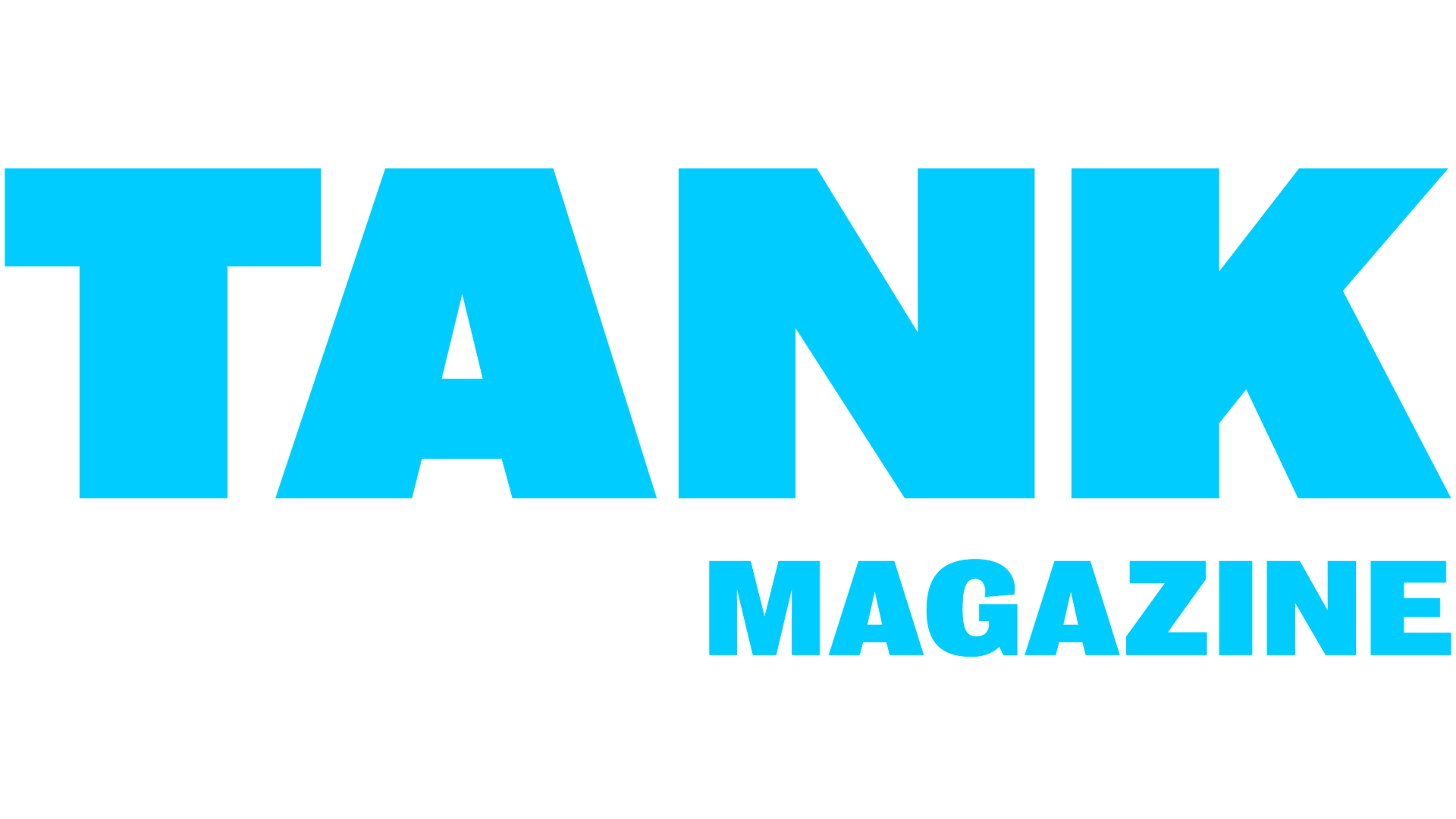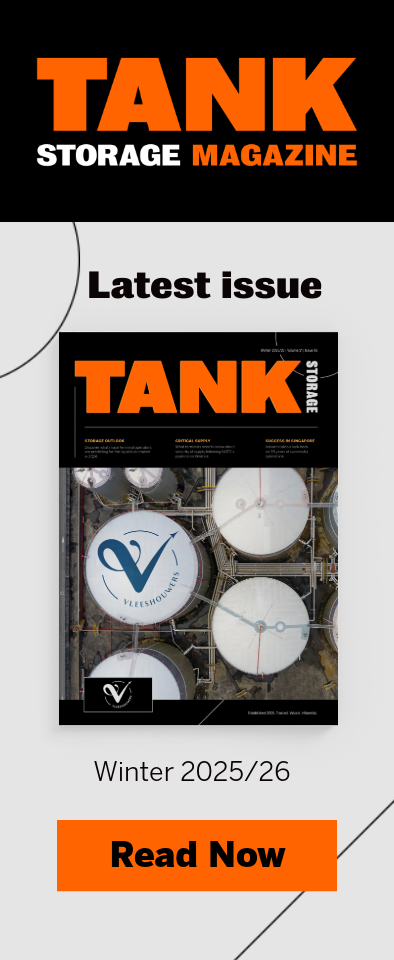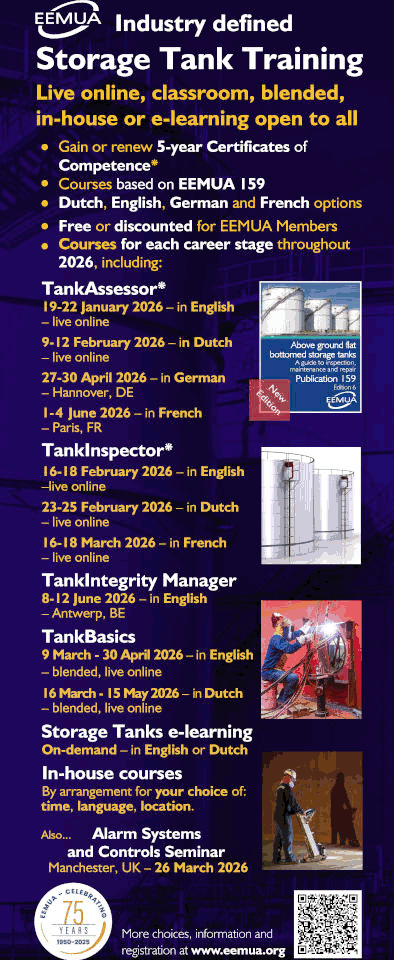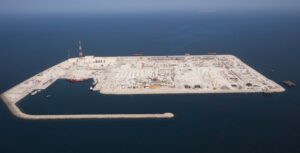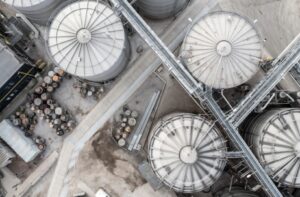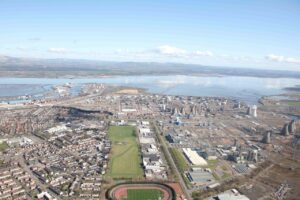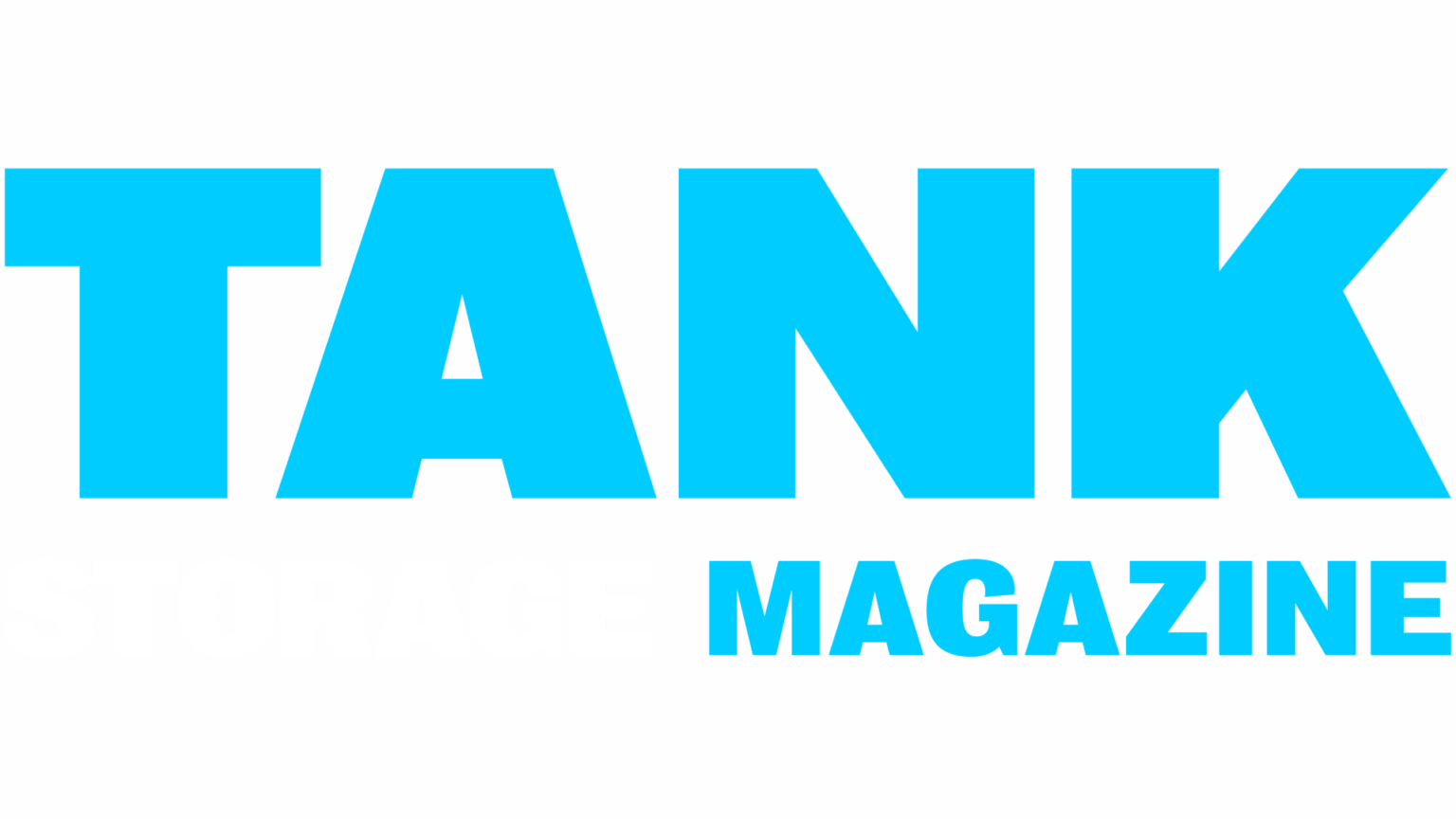The experts at Cool Sorption take a closer look at Equinor’s innovative Njord Bravo Floating Storage Unit and its vapour recovery system Most people familiar with the term ‘vapour recovery’ associate it with systems for handling vapours from refined products, mainly gasoline on fuel depots. For good reason; this has been the main focus in most countries. This is due to the three main benefits: Financial return on the investment by value of the recovered product Safety for personnel and surroundings Global environment Most vapour recovery units are also able to handle a wide range of associated chemicals, such as […]
This post is only available to members. Please login below, or purchase Tank Storage Magazine Subscription – Print & Digital Subscription or Tank Storage Magazine Subscription – Digital Subscription to access this post.
log in
log in
